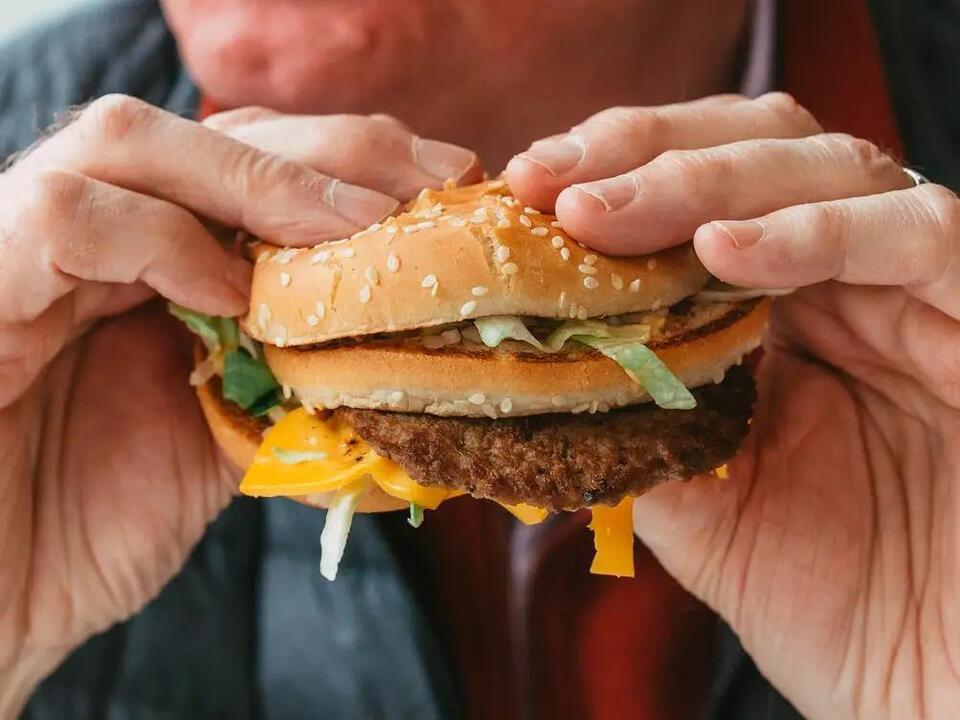Vincent Dransfield, 110, lives alone and drives his car every day. He credits movement, milk, and strong relationships with giving him longevity.



The hypertension drug rilmenidine has been shown to slow down aging in worms, an effect that in humans could hypothetically help us live longer and keep us healthier in our latter years.
Previous research has shown rilmenidine mimics the effects of caloric restriction on a cellular level. Reducing available energy while maintaining nutrition within the body has been shown to extend lifespans in several animal models.
Whether this translates to human biology, or is a potential risk to our health, is a topic of ongoing debate. Finding ways to achieve the same benefits without the costs of extreme calorie cutting could lead to new ways to improve health in old age.
Irina Conboy, Michael Conboy and Josh Mitteldorf discuss one of the central questions in aging research: is aging an active process of the body or is aging a…

According to a big German study, those in middle or older age today have an elevated idea of “old” compared to previous generations.” This mirrors increases in life expectancy, especially for the better-off half of the population in rich countries.
Research is finding ways to extend animal lifespans but regulators are still wary of treating ageing as a disease.


Researchers at the University of Toronto have discovered a DNA repair mechanism that advances understanding of how human cells stay healthy, and which could lead to new treatments for cancer and premature aging.
The study, published in the journal Nature Structural and Molecular Biology, also sheds light on the mechanism of action of some existing chemotherapy drugs.
“We think this research solves the mystery of how DNA double-strand breaks and the nuclear envelope connect for repair in human cells,” said Professor Karim Mekhail, co-principal investigator on the study and a professor of laboratory medicine and pathobiology at U of T’s Temerty Faculty of Medicine.

Unlike the rigid skeletons within our bodies, the skeletons within individual cells—cytoskeletons—are changeable, even fluid. And when these cytoskeletons reorganize themselves, they do more than support different cell shapes. They permit different functions.
Little wonder, then, that scientists who build artificial cells hope to create synthetic cytoskeletons that act like natural cytoskeletons. Synthetic cytoskeletons capable of supporting dynamic changes in cell shape and function could enable the development of novel drug delivery systems, diagnostic tools, and regenerative medicine applications.
Synthetic cytoskeletons have incorporated building blocks such as polymers, small molecules, carbon nanotubes, peptides, and DNA nanofilaments. Mostly DNA nanofilaments. Although they offer programmability, they can be hard to fine tune. To get around this difficulty, scientists based at UNC Chapel Hill led by Ronit Freeman, PhD, investigated the relatively unexplored possibilities offered by peptides. Specifically, the scientists engineered artificial cells using a programmable peptide–DNA nanotechnology approach.
Thsi is a year old. But at 27 minutes David gets asked a couple fo “when” questions.
Dr. David Sinclair presents the progress of epigenetic reprogramming and rejuvenation in this video. He’s also answering questions on when he thinks the rejuvenation therapy be available in the Q\&A session at the end of the presentation.
00:54 Presentation.
25:42 Q\&A
David Sinclair is a professor in the Department of Genetics and co-director of the Paul F. Glenn Center for the Biology of Aging at Harvard Medical School, where he and his colleagues study sirtuins—protein-modifying enzymes that respond to changing NAD+ levels and to caloric restriction—as well as chromatin, energy metabolism, mitochondria, learning and memory, neurodegeneration, cancer, and cellular reprogramming.
Dr David Sinclair has suggested that aging is a disease—and that we may soon have the tools to put it into remission—and he has called for greater international attention to the social, economic and political and benefits of a world in which billions of people can live much longer and much healthier lives.

Venki Ramakrishnan’s is the real-deal ‘pivot story’ — ‘pivoting’ being quite the fancy thing to do today. Born in Chidambaram in Tamil Nadu in 1952, Venki wanted to be a physicist, and by the time he decided to do something about his passion for Biology, he was already a PhD in Physics from Ohio University, USA. He then ‘pivoted’ and studied Biology at the University of California, San Diego, before he began his post-doctoral work at Yale University.
He went on to win the Nobel Prize in Chemistry in 2009 for his work on cellular particles called ribosomes. His first book, Gene Machine, captures this journey with the kind of honesty and self-deprecation one does not expect from an award-winning scientist.
With similar candour, in his second book, he examines recent scientific breakthroughs in longevity and ageing and raises uncomfortable questions about the ethical aspects of the research as well as the biological purpose of death.
